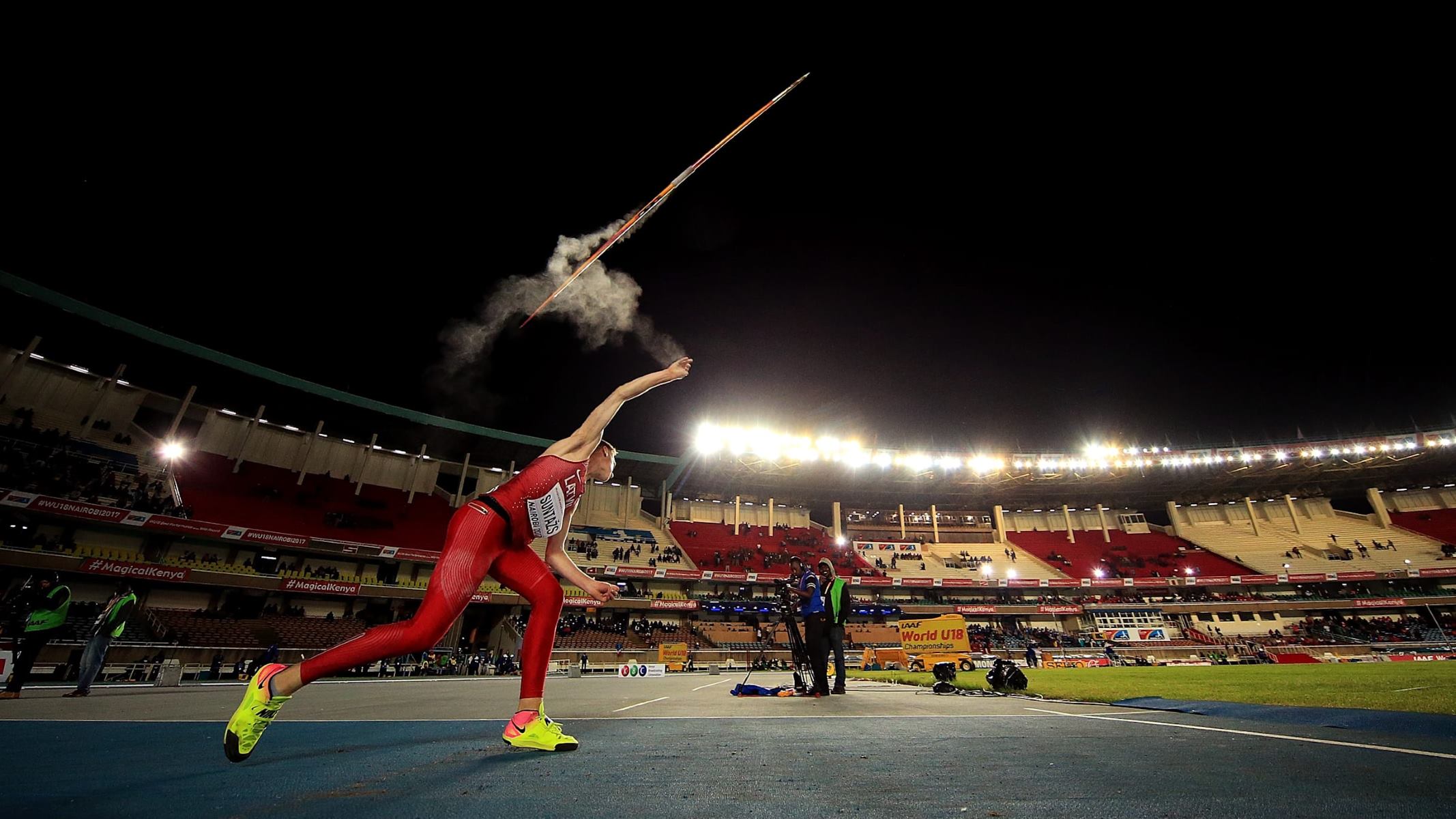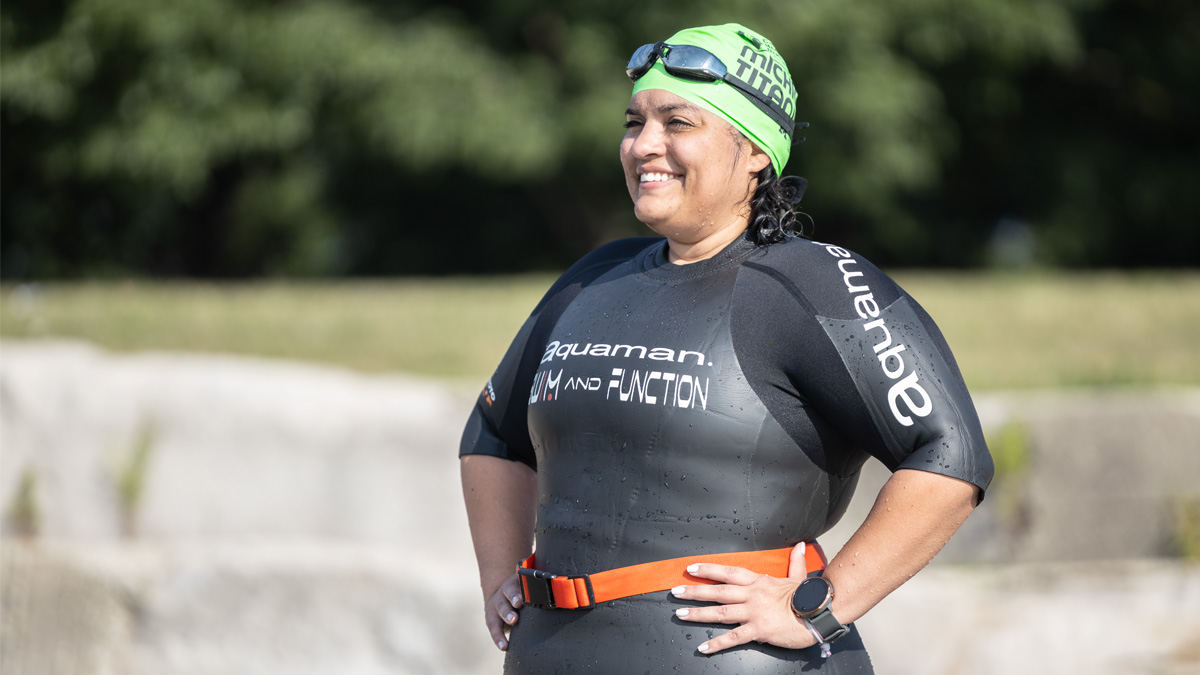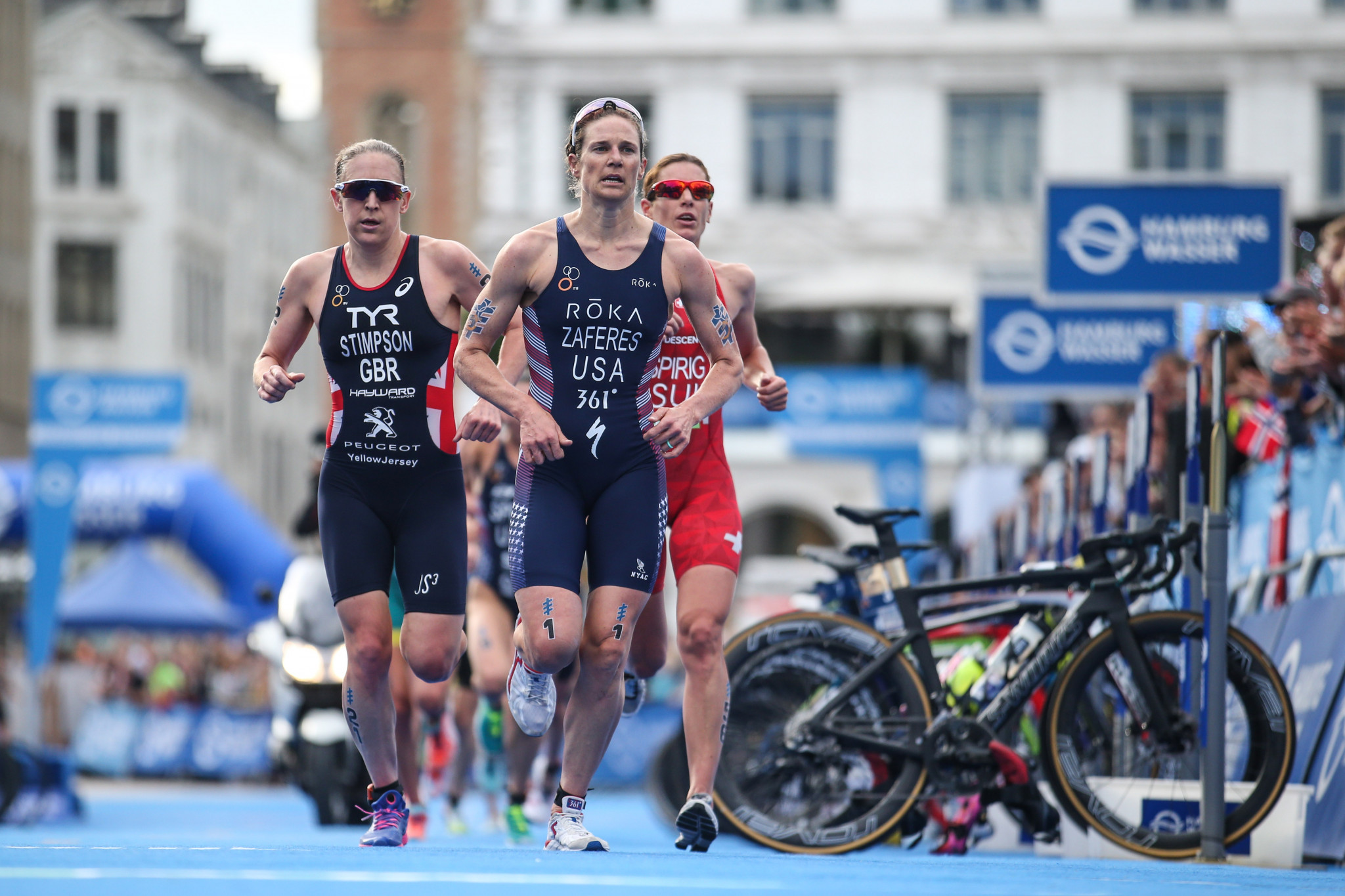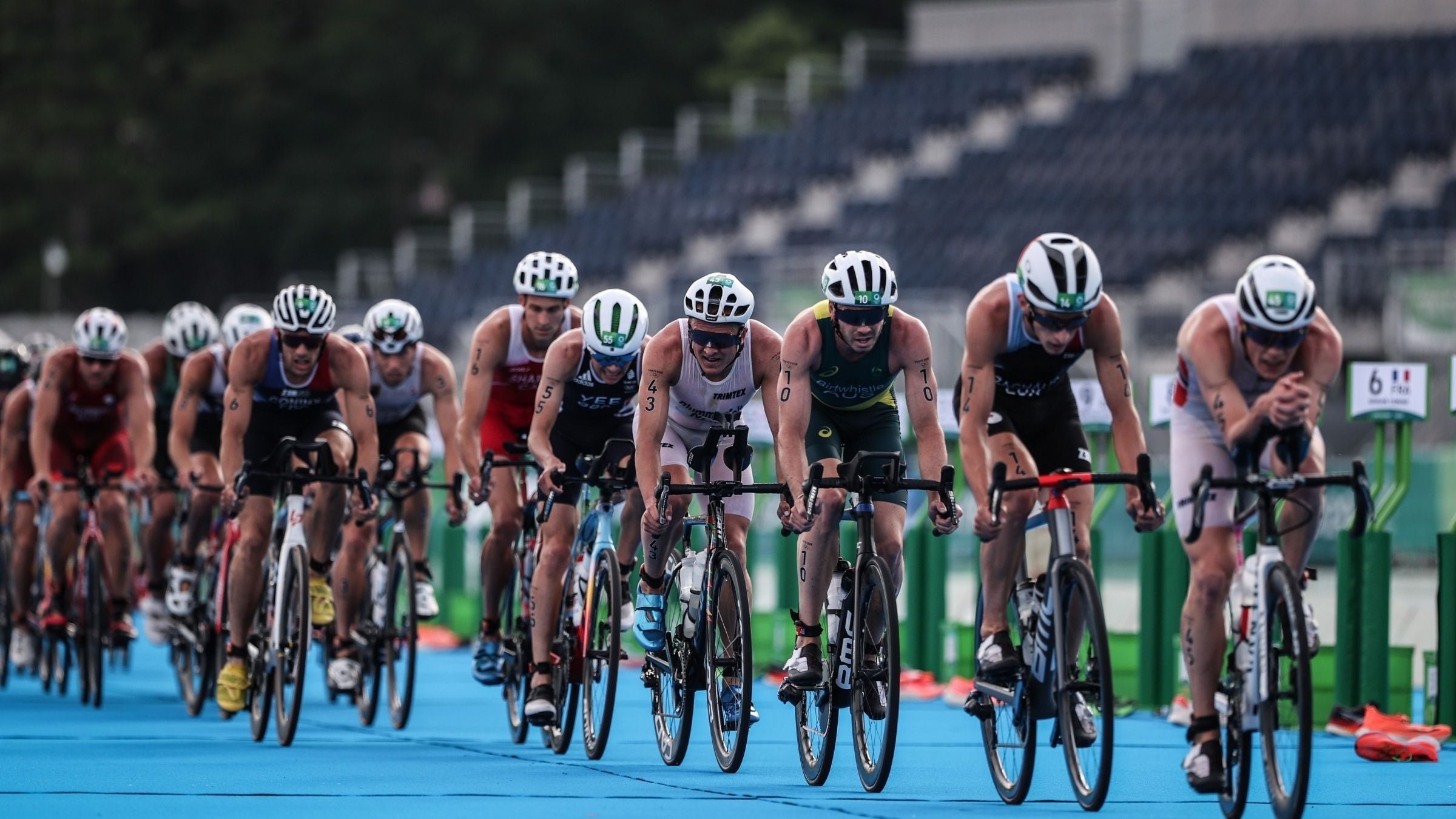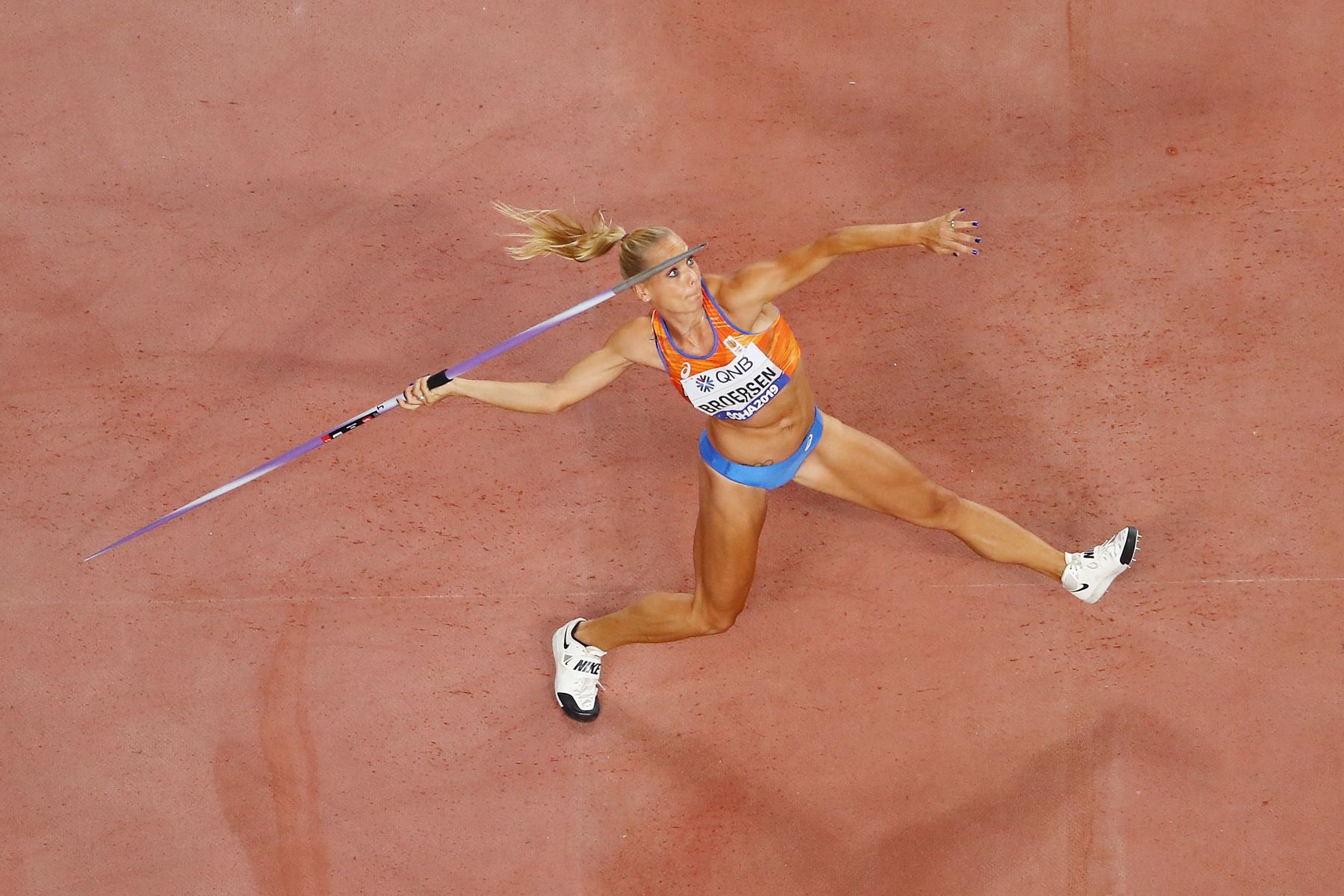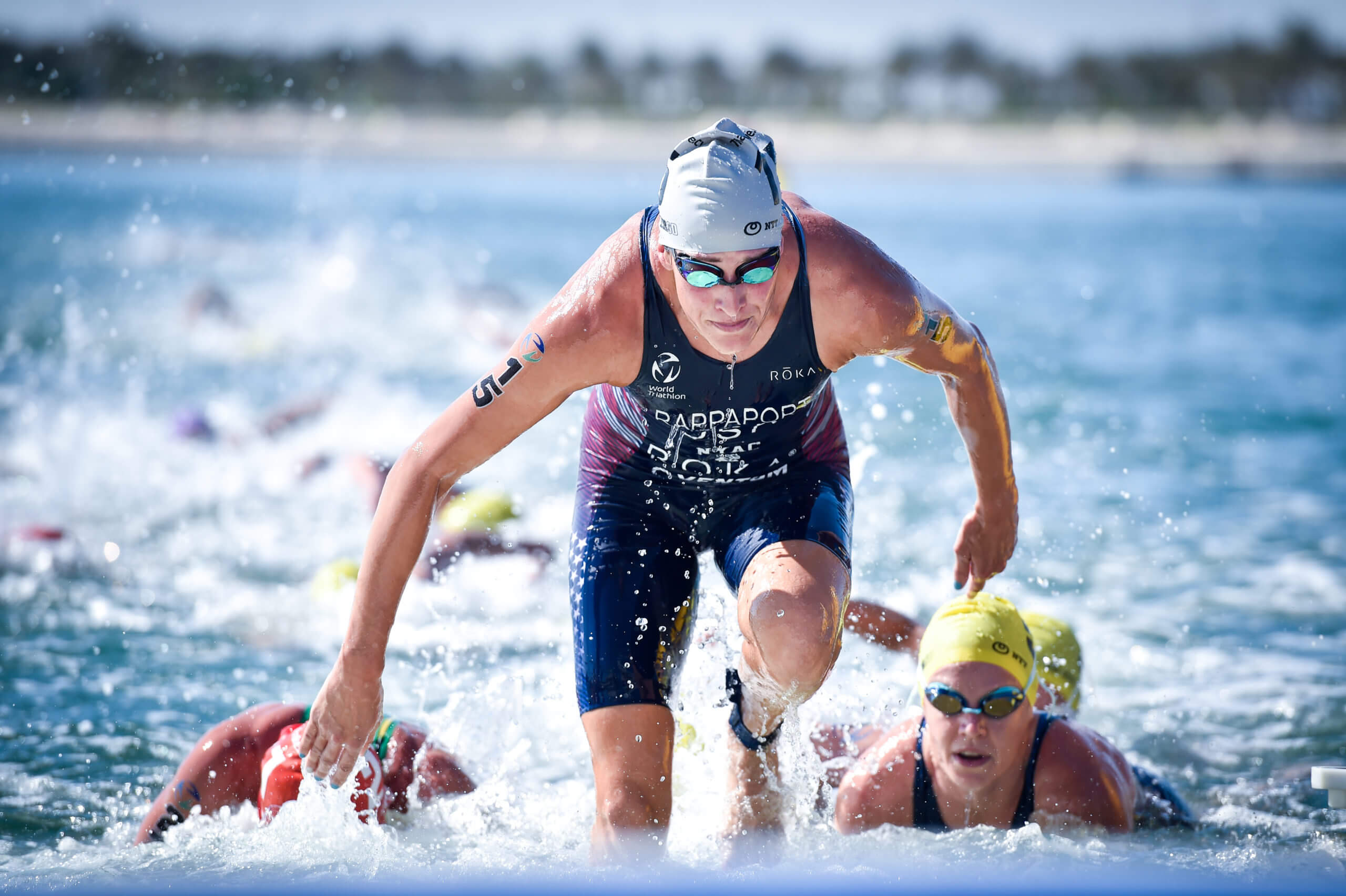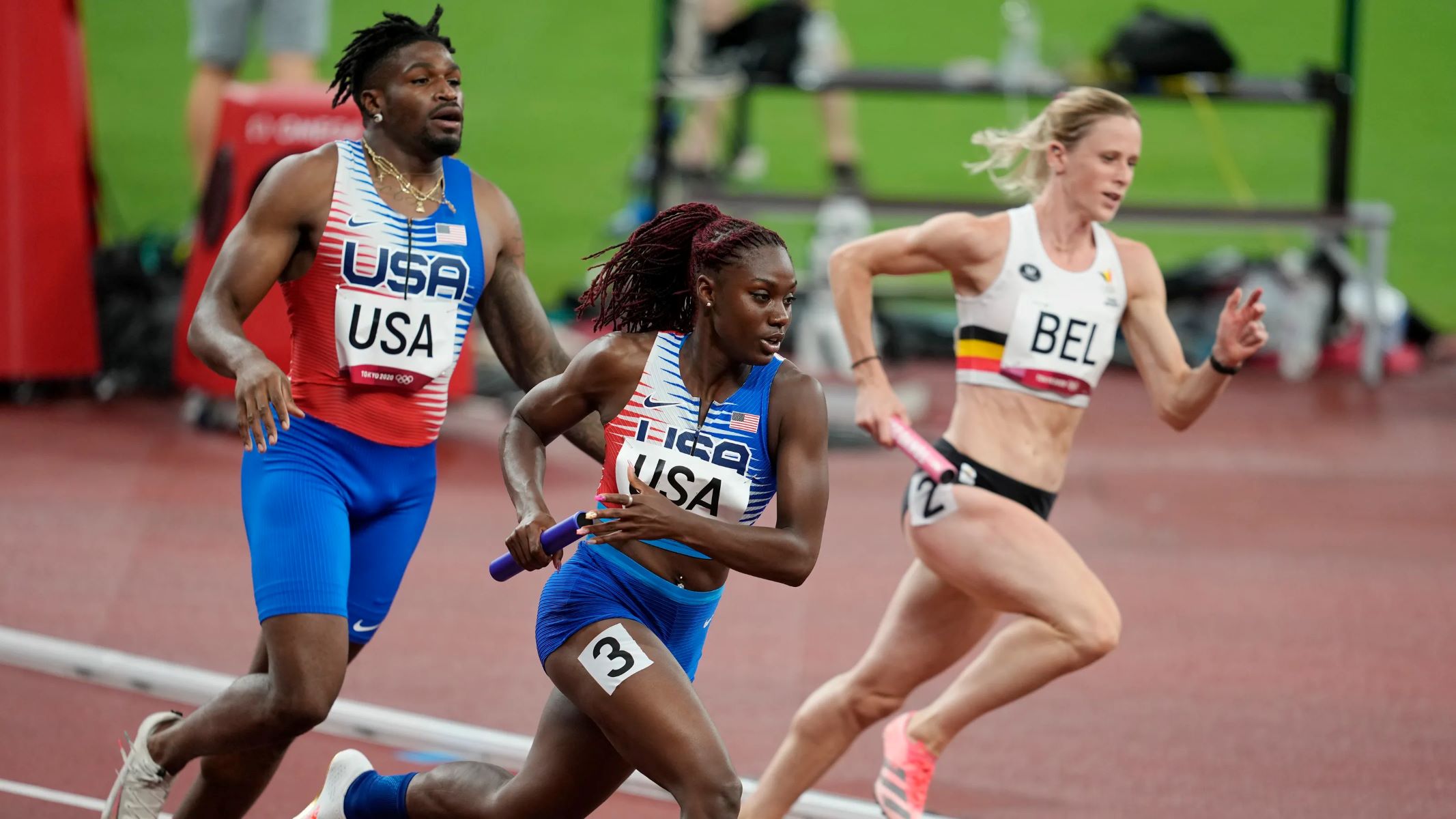

Featured
Who Won Womens Olympic Triathlon?
Modified: January 2, 2024
Discover who won the featured Women's Olympic Triathlon event and be inspired by the incredible athleticism on display.
Introduction
The women’s Olympic triathlon event is one of the most highly anticipated and closely watched competitions in the world of sports. It showcases the incredible athleticism, endurance, and mental strength of the female triathletes who have dedicated years of their lives to their training and preparation for this ultimate test of physical and mental prowess.
The triathlon is a multi-disciplinary event that consists of three consecutive endurance disciplines: swimming, cycling, and running. Athletes compete against each other in a race that demands not only physical strength and stamina but also tactical thinking and the ability to perform under immense pressure. The Olympic triathlon, held every four years as part of the Summer Olympics, is the pinnacle of this challenging sport.
Featuring a diverse and talented field of athletes from all corners of the globe, the women’s Olympic triathlon event captures the attention and imagination of sports enthusiasts worldwide. It is a showcase of the dedication, determination, and skill of these elite athletes as they push their bodies to the limits in pursuit of Olympic glory.
In this article, we will delve into the thrilling world of Olympic triathlon and take a closer look at the women’s event. We will explore the highlights of the competition, analyze the top contenders, and provide a comprehensive race summary. Finally, we will reveal the deserving winner of the women’s Olympic triathlon event.
Overview of Olympic Triathlon
The Olympic triathlon is a test of physical and mental endurance that combines three different disciplines: swimming, cycling, and running. The race begins with a swim leg, followed by a cycling leg, and concludes with a running leg. Competitors aim to complete the course in the quickest time possible, while strategically managing their energy and pacing throughout the event.
The swim leg takes place in open water, such as a lake or ocean, with athletes required to navigate a set course. This part of the race is a true display of speed and technique, as competitors aim to swim the distance in the shortest time while conserving energy for the remaining segments. They may face challenging conditions, such as strong currents or waves, adding an additional element of difficulty to the competition.
Transitioning from the swim to the cycling leg is an essential aspect of the triathlon. Athletes have a designated transition area where they swiftly change from their swimming attire into cycling gear. They then embark on the cycling leg, where they traverse a predetermined route on their bicycles. This portion of the race tests the competitors’ ability to generate power and maintain speed over varying terrain, including hills and flat stretches.
After completing the cycling leg, the athletes transition once again, this time from cycling gear to running gear, before commencing the final leg of the race – the run leg. The running leg often takes place on paved roads or tracks, and athletes must push through fatigue and muscle fatigue to maintain a strong pace. The runners’ mental strength and physical conditioning are critical in this part of the race, as they strive to cross the finish line before their competitors.
The Olympic triathlon represents the pinnacle of the sport, and to qualify for the event, athletes must meet stringent criteria and compete in qualifying races. The format ensures that only the most exceptional athletes from around the world have the opportunity to showcase their skills on this global stage.
In the following sections, we will delve into the captivating world of the women’s Olympic triathlon event, exploring the highlights, contenders, and ultimately, the deserving winner of this prestigious competition.
Highlights of the Women’s Olympic Triathlon Event
The women’s Olympic triathlon event is filled with exhilarating moments and memorable highlights that showcase the incredible talent and determination of the athletes. From the start of the race to the final moments at the finish line, every stage of the event is a display of endurance, strategy, and sheer athleticism.
One of the most exciting aspects of the women’s Olympic triathlon is the fiercely competitive swim leg. Athletes dive into the open water, demonstrating their exceptional swimming skills as they battle against each other and the natural elements. The intensity of the race becomes palpable as the competitors jostle for position, striving to gain an advantage over their rivals and establish an early lead.
Transitioning to the cycling leg, the athletes showcase their prowess on two wheels. Cycling requires not only strength and speed but also tactical decision-making. The competitors strategically position themselves within the pack, drafting off each other to conserve energy and maintain a fast pace. The cycling leg often includes challenging terrain and technical aspects, further adding to the excitement and unpredictability of the race.
As the race progresses to the running leg, the true grit of the athletes shines through. Fatigue sets in, but their determination to push through becomes evident as they strive to maintain a strong pace and distance themselves from their competitors. Spectators are treated to a riveting display of mental fortitude and physical endurance as the athletes relentlessly tackle the final leg of the race.
Throughout the event, unexpected twists and turns can dramatically alter the course of the race. Athletes may encounter mechanical issues during the cycling leg, leading to a sudden change in their position. Tactical decisions, such as breakaways and intense sprints, can also determine the outcome of the race. These unpredictability factors keep viewers at the edge of their seats, eagerly anticipating the next thrilling moment.
Another highlight of the women’s Olympic triathlon event is the sense of unity and camaraderie among the competitors. While they are fierce rivals on the course, there is a remarkable bond among these talented women who have dedicated countless hours to their sport. Their mutual respect and shared experiences create a supportive atmosphere that enhances the overall beauty of the event.
In the following sections, we will analyze the top contenders in the women’s Olympic triathlon event, providing insights into their strengths, strategies, and previous achievements. The triumphs and challenges of these exceptional athletes add further excitement to an already captivating competition.
Analysis of the Top Contenders
The women’s Olympic triathlon event brings together some of the world’s most exceptional athletes, each vying for the chance to claim the coveted gold medal. As we analyze the top contenders, we gain insights into their strengths, strategies, and past achievements, which provide a glimpse into their potential performance in this highly competitive race.
One standout competitor is [Contender A], a seasoned triathlete known for her remarkable swim speed. With a background in competitive swimming, she often emerges as one of the frontrunners after the swim leg. Her ability to set a relentless pace in the water, coupled with her strong cycling and running abilities, makes her a formidable force in the race. She has consistently displayed exceptional race tactics and remarkable mental resilience, which positions her as a strong contender for the Olympic gold.
[Contender B], on the other hand, is recognized for her exceptional cycling prowess. Known as a powerful rider, she possesses the capability to bridge substantial gaps or establish significant leads during the cycling leg. Her relentless determination and ability to maintain a high average speed over challenging terrain give her a distinct advantage in the race. While her swim and run abilities may not be as dominant as her cycling, her cycling prowess positions her as a top contender in any triathlon event.
Another contender to watch is [Contender C], an athlete who excels in the running leg. Her exceptional endurance and impressive finishing kick have often propelled her to victory in previous triathlon competitions. Although her swim and cycle legs may not be as strong as some of her competitors, her ability to make up significant ground during the run phase of the race cannot be underestimated. Her strategic approach to pacing and her mental strength in overcoming fatigue give her an edge when it matters most.
It is also important to consider the rising stars in the field, such as [Contender D]. This young and talented athlete has been making waves in the triathlon world with her impressive performances in recent races. With a well-rounded skill set across all three disciplines, she poses a real threat to the established contenders. Her hunger for success, coupled with her ability to adapt and learn from each race, make her a dark horse to watch out for in the women’s Olympic triathlon event.
As the race unfolds, these top contenders will rely on their experience, adaptability, and mental fortitude to navigate the challenges that the Olympic triathlon presents. Their unique strengths and strategies will shape the dynamics of the race, making it a thrilling and highly competitive event.
In the following section, we will provide a comprehensive race summary, capturing the exhilarating moments and intense competition of the women’s Olympic triathlon.
Race Summary
The women’s Olympic triathlon event was nothing short of electrifying, with fierce competition and remarkable displays of athleticism. As the race unfolded, spectators were treated to intense moments of strength, strategy, and sheer determination from the athletes.
The swim leg saw a fast and fiercely contested start, with the top contenders positioning themselves near the front of the pack. [Contender A] showcased her exceptional swim speed, taking an early lead and setting a fast pace. [Contender B], known for her powerful cycling abilities, emerged from the water closely behind her, ready to make a move on the cycling leg.
Transitioning to the cycling leg, the competitors pushed the limits of their endurance and tactical skills. [Contender B] wasted no time in asserting her dominance, quickly bridging the gap to [Contender A] and establishing a formidable lead. With each pedal stroke, she widened the gap between her and the chasing pack, displaying her superior power and cycling prowess.
Meanwhile, the other contenders, including [Contender C] and [Contender D], utilized their strengths to make up lost ground. [Contender C], with her remarkable running abilities, pushed the pace during the cycling leg to gain an advantage heading into the final leg of the race.
As the race progressed to the running leg, the final leg of the triathlon, the true test of mental strength and physical endurance unfolded. [Contender C] showcased her running prowess, overtaking several competitors and closing in on the leading athletes. [Contender A], who had maintained a steady pace throughout the race, dug deep and found another gear in the run leg, determined to retain her position.
In the final moments of the race, a thrilling sprint finish ensued. The crowd erupted as athletes sprinted towards the finish line, giving everything they had left in the tank. The determination in their eyes, the sweat on their brows, and the resounding cheers of the audience created a captivating and unforgettable scene.
Ultimately, [Contender B] showcased her dominance, crossing the finish line with a commanding lead, mesmerizing the audience with her exceptional cycling and strategic race tactics. She claimed the gold medal, solidifying her place as one of the top triathletes in the world.
The battle for the remaining podium spots was fiercely contested, with [Contender A] and [Contender C] pushing each other to their limits. In the end, it was [Contender C] who secured the silver medal with her extraordinary running ability, leaving [Contender A] with a well-deserved bronze medal.
The women’s Olympic triathlon event was a testament to the dedication, perseverance, and talent of these remarkable athletes. It showcased their exceptional abilities across three rigorous disciplines and left spectators in awe of their achievements.
As the athletes stood on the podium, each with their medals around their necks, they represented the pinnacle of the Olympic triathlon and served as an inspiration for aspiring triathletes around the world.
Determining the Winner
Determining the winner of the women’s Olympic triathlon event involves considering various factors, including overall performance, strategy, and the final finishing times. This rigorous evaluation allows us to determine the athlete who demonstrated exceptional skill, consistency, and mental fortitude throughout the race.
In assessing the contenders, it is important to analyze their performance across all three disciplines: swimming, cycling, and running. The ability to demonstrate strength and skill in each segment of the race is a crucial factor in determining the winner.
The race winner is determined by the athlete who crosses the finish line in the shortest overall time. This total time accounts for each leg of the triathlon, including transitions between disciplines.
A key consideration in determining the winner is the ability to maintain a consistent and competitive pace throughout the race. This requires both physical and mental preparation, as well as a strategy that optimizes energy expenditure and maximizes speed.
The winner also needs to display tactical acumen, making well-timed moves or surges during crucial points of the race. This strategic decision-making can create decisive gaps between competitors, allowing the leader to establish a commanding position.
Furthermore, the ability to adapt to changing conditions and handle unforeseen challenges is critical in triathlon. Athletes who can maintain composure and react effectively to unexpected obstacles or conditions have a higher chance of emerging as the winner.
While the final finishing time is an important criterion, it is not the sole determinant of the winner. Consistency, determination, and the ability to endure the physical and mental demands of the race are also taken into consideration.
In addition, the winner must exemplify the spirit of sportsmanship and fair play throughout the race. Respect for fellow competitors, adherence to race rules and regulations, and positive interactions with officials and supporters contribute to the overall evaluation of the winner.
After careful assessment of these factors, the deserving winner of the women’s Olympic triathlon event emerges. It is the athlete who demonstrated exceptional skill, consistency, tactical awareness, adaptability, and a winning mindset.
The naming of the winner sparks celebration and recognition of their remarkable achievement. Their victory reflects their dedication, sacrifice, and years of tireless training in pursuit of Olympic glory.
The determination and resilience displayed by all the athletes in the women’s Olympic triathlon event make them true champions and serve as an inspiration to athletes around the world.
Conclusion
The women’s Olympic triathlon event captivates audiences worldwide with its thrilling displays of athleticism, strategy, and mental fortitude. Athletes from around the globe compete in the swim, cycle, and run segments, pushing their bodies to the limits in pursuit of Olympic glory. Through the highlights of the competition, analysis of the top contenders, race summary, and the determination in determining the winner, the women’s Olympic triathlon exemplifies the very essence of Olympic sports.
The event showcases the extraordinary abilities of these elite athletes, who combine strength, endurance, and skill in each discipline. From the intense swim starts to the powerful cycling efforts and the remarkable displays of speed and determination during the run, the triathletes inspire and leave a lasting impression on spectators.
The top contenders in the women’s Olympic triathlon event bring a unique set of skills and strategies, making the race highly competitive and unpredictable. Each athlete utilizes their strengths, such as their swimming prowess, cycling dominance, or running speed, to gain an advantage over their rivals. It is their ability to adapt, make tactical decisions, and persevere through physical and mental challenges that ultimately determine their success.
The race summary highlights the dynamic nature of the event, with athletes pushing themselves to their limits. Through the swim, cycle, and run legs, they leave nothing on the table, racing with determination to secure their place in Olympic history.
Determining the winner of the women’s Olympic triathlon event involves an assessment of overall performance, strategy, and finishing times. It’s a holistic evaluation that considers the athlete’s skill, consistency, and ability to adapt to changing conditions.
In conclusion, the women’s Olympic triathlon event exemplifies the pinnacle of athletic prowess, determination, and the pursuit of excellence. From the exhilarating competition and displays of sheer physical ability to the passion, sportsmanship, and dedication of the athletes, it serves as a testament to the power of the human spirit. The women who compete in this ultimate test of strength, endurance, and strategy inspire us all with their remarkable achievements and incredible determination.
As we celebrate the deserving winner and the achievements of all the athletes who participated in the event, we recognize their unwavering commitment, sacrifices, and immense talent. The women’s Olympic triathlon event stands as a shining example of the Olympic spirit and demonstrates the limitless possibilities of human performance.
